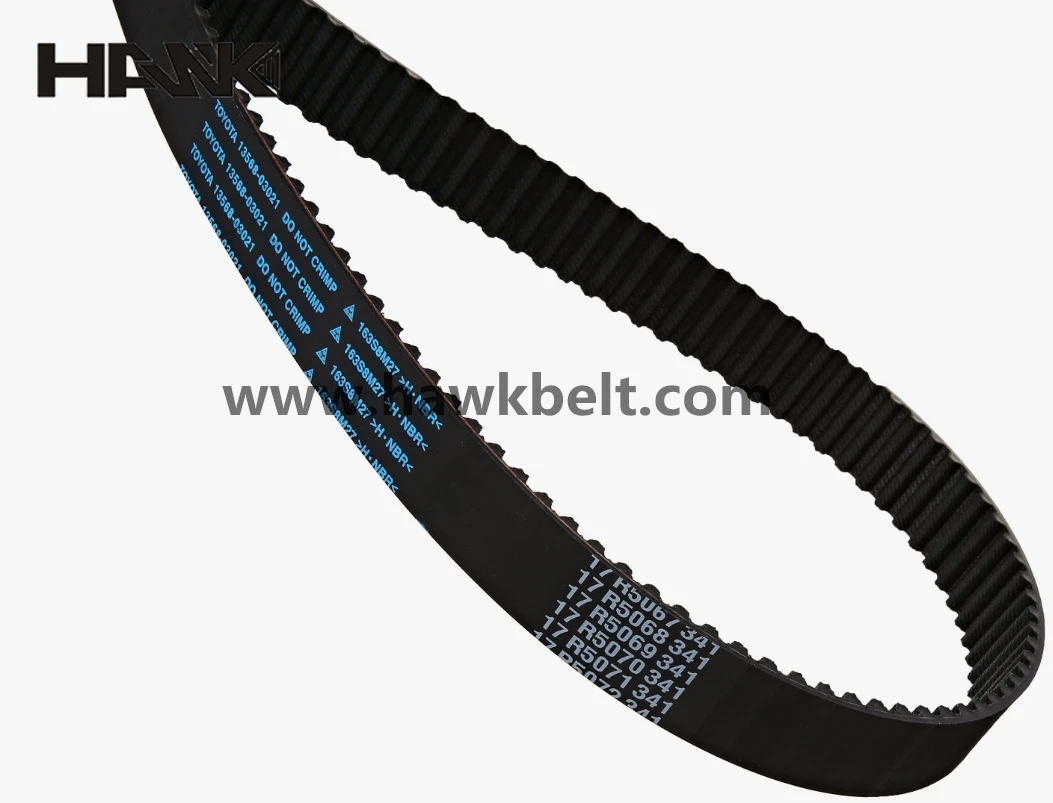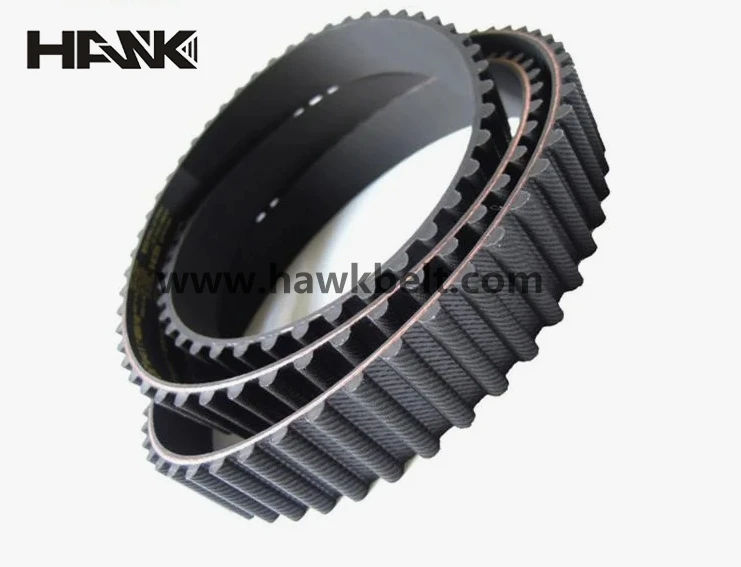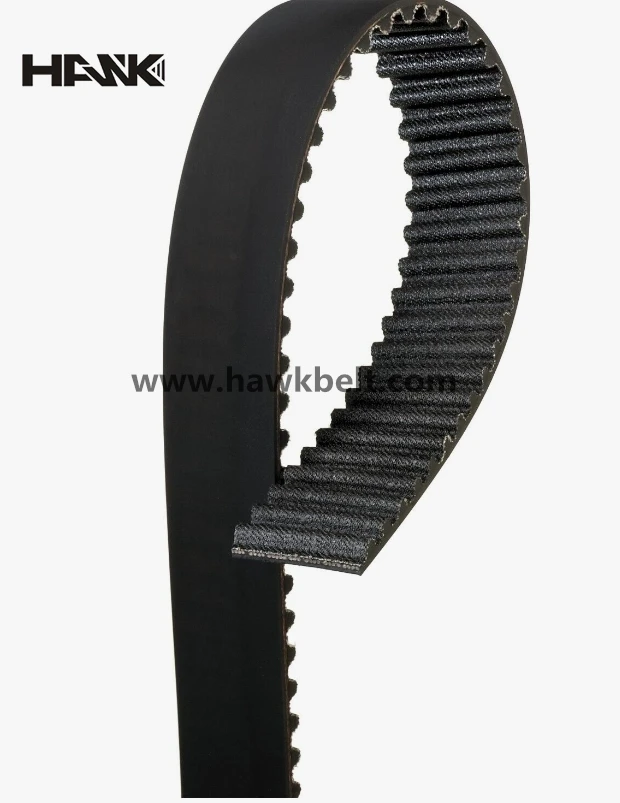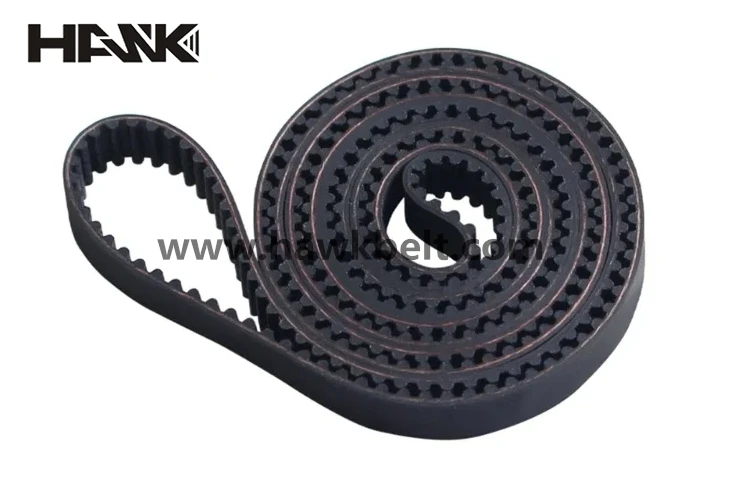- Arabic
- French
- Russian
- Spanish
- Portuguese
- Turkish
- Armenian
- English
- Albanian
- Amharic
- Azerbaijani
- Basque
- Belarusian
- Bengali
- Bosnian
- Bulgarian
- Catalan
- Cebuano
- Corsican
- Croatian
- Czech
- Danish
- Dutch
- Afrikaans
- Esperanto
- Estonian
- Finnish
- Frisian
- Galician
- Georgian
- German
- Greek
- Gujarati
- Haitian Creole
- hausa
- hawaiian
- Hebrew
- Hindi
- Miao
- Hungarian
- Icelandic
- igbo
- Indonesian
- irish
- Italian
- Japanese
- Javanese
- Kannada
- kazakh
- Khmer
- Rwandese
- Korean
- Kurdish
- Kyrgyz
- Lao
- Latin
- Latvian
- Lithuanian
- Luxembourgish
- Macedonian
- Malgashi
- Malay
- Malayalam
- Maltese
- Maori
- Marathi
- Mongolian
- Myanmar
- Nepali
- Norwegian
- Norwegian
- Occitan
- Pashto
- Persian
- Polish
- Punjabi
- Romanian
- Samoan
- Scottish Gaelic
- Serbian
- Sesotho
- Shona
- Sindhi
- Sinhala
- Slovak
- Slovenian
- Somali
- Sundanese
- Swahili
- Swedish
- Tagalog
- Tajik
- Tamil
- Tatar
- Telugu
- Thai
- Turkmen
- Ukrainian
- Urdu
- Uighur
- Uzbek
- Vietnamese
- Welsh
- Bantu
- Yiddish
- Yoruba
- Zulu
අගෝ. . 22, 2025 11:40 Back to list
High-Performance Vehicle Timing Belt for Engine Precision
Introduction to Precision Power Transmission
In the demanding landscape of automotive engineering, the reliability and precision of engine components are paramount. At the heart of an internal combustion engine's synchronization lies a critical component: the vehicle timing belt. This essential part ensures the precise coordination of the camshaft and crankshaft, dictating valve opening and closing in perfect sync with piston movement. Failure of this component can lead to catastrophic engine damage, underscoring the vital importance of superior material science, meticulous manufacturing, and stringent quality control in its production. Our focus is on delivering automotive timing belts that exemplify precision, durability, and unwavering performance, such as the Auto Timing Belt 13568-03021 163S8M27 For Toyota.
This article delves into the intricate world of automotive timing belts, exploring their manufacturing intricacies, technical specifications, diverse applications, and the industry trends shaping their evolution. We aim to provide B2B decision-makers and engineers with comprehensive insights into selecting, implementing, and optimizing these vital power transmission solutions for maximum operational efficiency and longevity.

Industry Trends and Innovations in Timing Belt Technology
The automotive industry is in constant evolution, driven by demands for increased fuel efficiency, reduced emissions, and enhanced vehicle performance. These pressures directly influence the development of the vehicle timing belt. Current trends highlight several key areas:
- Advanced Material Science: The shift towards Hydrogenated Nitrile Butadiene Rubber (HNBR) and EPDM (Ethylene Propylene Diene Monomer) compounds, reinforced with high-strength fiberglass or aramid cords, offers superior heat resistance, chemical stability, and extended service life. This directly addresses the higher operating temperatures and longer service intervals of modern engines.
- Optimized Tooth Profiles: Developments in tooth geometry, such as modified curvilinear profiles (e.g., HTD, STD, RPP variations), minimize noise, reduce wear, and enhance load distribution, leading to smoother power transmission and greater efficiency. This also applies to the precision required for timing belt teeth.
- Variable Valve Timing (VVT) Compatibility: Modern engines widely employ VVT systems, which necessitate timing belts capable of operating with extreme precision under varying loads and speeds. The integration of precision-manufactured belts is crucial for the optimal functioning of these complex systems.
- Reduced Maintenance & Longevity: The automotive sector demands components with longer service intervals to lower total cost of ownership. Manufacturers are achieving this through innovative material formulations and robust design, extending the typical replacement mileage significantly.
While electrification is a major trend, traditional internal combustion engines (ICE) continue to dominate a significant portion of the global market, particularly in commercial and heavy-duty sectors, ensuring the continued relevance and evolution of high-performance timing belts.

The Precision Manufacturing Process of Vehicle Timing Belts
The creation of a high-performance vehicle timing belt is a multi-stage, precision-intensive process that combines advanced material science with sophisticated engineering. Unlike traditional metal components that might undergo casting or forging, timing belts require a specialized molding and curing approach, akin to high-precision composite manufacturing.
Process Flow:
- Material Preparation: High-grade synthetic rubbers (HNBR, EPDM) are carefully mixed with additives, reinforcing agents (carbon black), and curing chemicals to achieve the desired elasticity, heat resistance, and wear characteristics. Fiberglass or aramid cords, pre-treated for adhesion, are prepared for tensile strength.
- Cord Laying & Fabric Wrapping: The precisely measured tension cords are wound in a helical pattern around a mandrel. A protective nylon fabric (often with a low-friction coating) is then wrapped around the cord layer. This fabric forms the durable outer surface and protects the timing belt teeth.
- Molding & Vulcanization: The assembled layers are placed into precision molds. Under high pressure and temperature, the rubber compound flows around the cords and fabric, forming the distinct tooth profile. This vulcanization process chemically cross-links the rubber polymers, giving the belt its permanent shape and properties.
- Grinding & Finishing: After vulcanization, the large cylindrical sleeves are precision-ground to achieve the exact desired width and smooth side surfaces. This ensures consistent belt tracking and reduces friction.
- Cutting & Inspection: Individual belts are precisely cut from the sleeves to their specified lengths. Each belt then undergoes rigorous quality control, including visual inspection, dimensional checks, and functional testing to meet industry standards.
Testing Standards & Service Life:
Our manufacturing processes adhere to international quality standards such as ISO 9001 and IATF 16949 (formerly ISO/TS 16949) for automotive-specific quality management. Products undergo a battery of tests including:
- Tensile Strength Test: To verify the load-bearing capacity of the cords.
- Fatigue Test: Simulating millions of operational cycles to assess durability.
- Shear Strength Test: Evaluating the adhesion between teeth and the belt body.
- Temperature & Chemical Resistance: Ensuring performance in extreme engine environments.
A properly manufactured and installed vehicle timing belt can have a service life ranging from 60,000 to over 100,000 miles, or 5-7 years, depending on the vehicle manufacturer's recommendations and operating conditions.

Technical Specifications and Product Parameters
Understanding the technical specifications of timing belts is crucial for engineers and procurement specialists to ensure optimal engine performance and longevity. Our Auto Timing Belt 13568-03021 163S8M27 For Toyota exemplifies the precision and quality embedded in our products.
Product Specification: Auto Timing Belt 13568-03021 163S8M27 For Toyota
| Parameter | Specification | Description |
|---|---|---|
| OEM Part Number | 13568-03021 | Original Equipment Manufacturer (Toyota) designation. |
| Belt Type Designation | 163S8M27 | 163 teeth, S8M profile, 27mm width. |
| Number of Teeth | 163 | Precise count for synchronization. |
| Pitch (mm) | 8mm (S8M Profile) | Distance between the centers of two adjacent teeth. S8M is a curvilinear profile for high torque. |
| Width (mm) | 27mm | Belt width for specific engine applications. |
| Material Composition | HNBR (Hydrogenated Nitrile Butadiene Rubber) with Fiberglass Cords | High heat, oil, and abrasion resistance for durability. Fiberglass for tensile strength. |
| Operating Temperature Range | -30°C to +120°C | Ensures reliable operation in varied engine conditions. |
| Tensile Strength | Typically >10,000 N | Resistance to breaking under tension. |
The S8M tooth profile, commonly used in high-performance applications, provides excellent shear resistance and smooth engagement, minimizing vibration and noise. The HNBR material offers superior resistance to engine oils, coolants, and extreme temperatures, surpassing traditional neoprene belts.

Application Scenarios and Technical Advantages
The primary application of a vehicle timing belt is within the automotive engine, synchronizing the rotation of the engine's camshaft(s) with the crankshaft. This synchronization ensures that the engine's valves open and close at the correct times in relation to the position of the pistons, which is critical for efficient combustion and overall engine operation.
Typical Application Scenarios:
- Passenger Vehicles: Widely used across a vast range of sedan, SUV, and light commercial vehicle engines, particularly those from manufacturers like Toyota, Honda, and Volkswagen. Our specific product, 13568-03021 163S8M27, is tailored for various Toyota models requiring this precise specification.
- Commercial Fleets: Ensuring reliability and reducing downtime for commercial vehicle operators through dependable engine synchronization.
- Industrial Equipment: While the primary keyword is automotive, the underlying technology of precise power transmission also finds application in industrial machinery where synchronous movement is required, albeit often with different specifications (e.g., variable speed v belt systems are more common for accessory drives in industrial settings, but timing belts are used for precise indexing).
Technical Advantages:
- Precise Synchronization: Toothed design eliminates slippage, providing exact timing between crankshaft and camshaft, crucial for optimal engine valve train operation.
- Quiet Operation: Compared to timing belt timing chain systems, belts operate much more quietly, contributing to a smoother and more refined engine experience.
- No Lubrication Required: Unlike chains, timing belts do not require oil lubrication, simplifying engine design and reducing maintenance complexity.
- Energy Efficiency: Lighter weight and lower friction compared to chains translate to less parasitic loss, marginally contributing to better fuel economy.
- Corrosion Resistance: Being made of rubber and composite materials, timing belts are inherently resistant to corrosion from moisture and road salts, which can affect metal components.
- Vibration Damping: The elastic properties of the belt material help to absorb engine vibrations, protecting other components and contributing to engine smoothness.

Vendor Comparison and Customization Capabilities
Choosing the right vendor for vehicle timing belt components is a strategic decision that impacts vehicle performance, reliability, and total cost of ownership. While many suppliers exist, a discerning approach is essential for B2B partners.
Key Factors for Vendor Comparison:
- Quality & Certifications: Adherence to global automotive quality standards (IATF 16949, ISO 9001) is non-negotiable. Look for vendors with robust R&D and testing facilities.
- Material Expertise: A deep understanding of advanced rubber compounds (HNBR, EPDM) and cord reinforcements (fiberglass, aramid) is critical for performance and longevity.
- Manufacturing Precision: The ability to consistently produce belts with exact tooth profiles, pitch accuracy, and dimensional stability.
- Technical Support & R&D: A vendor that offers strong technical collaboration and continuously innovates provides a distinct advantage.
- Scalability & Logistics: The capacity to meet large-volume demands and efficient supply chain management.
- Warranty & After-Sales Service: Clear commitments to product performance and support post-purchase.
Customized Solutions:
While standard timing belts meet the needs of many applications, specialized engine designs or extreme operating conditions often require customized solutions. We offer extensive customization capabilities, including:
- Tailored Material Compounds: Development of rubber blends for enhanced resistance to specific chemicals, higher temperatures, or abrasive environments.
- Unique Tooth Profiles & Pitches: Engineering specific timing belt teeth geometries for improved engagement, reduced noise, or higher torque transmission for bespoke engine designs.
- Non-Standard Dimensions: Production of belts with custom widths and lengths to fit specialized engine architectures.
- Integrated Features: Exploration of options like embedded sensors for predictive maintenance, though more common in industrial than automotive timing belts.
Our engineering team collaborates closely with clients from concept to production, ensuring that customized solutions meet the most stringent performance criteria.

Application Case Studies & Customer Success
Our commitment to quality and performance is best demonstrated through real-world applications and the enduring trust of our partners. Here are examples showcasing the impact of our vehicle timing belt solutions:
Case Study 1: Enhanced Engine Reliability for a Major Automotive Aftermarket Distributor
A leading aftermarket distributor sought a reliable supplier for a specific Toyota timing belt (similar to our 13568-03021 163S8M27) that could withstand challenging climates and provide consistent performance. Their previous supplier experienced premature belt failures in certain regions, leading to increased warranty claims.
- Solution: We provided belts manufactured with high-grade HNBR rubber and robust fiberglass cords, exceeding OEM specifications for temperature resistance and tensile strength. Our comprehensive testing data, including accelerated life testing, was provided.
- Results: Over a two-year period, the distributor reported a 45% reduction in timing belt-related warranty claims and a significant increase in customer satisfaction. This directly translated to enhanced brand reputation and market share.
Case Study 2: Optimized Fleet Maintenance for a Logistics Company
A national logistics company operating a large fleet of light commercial vehicles faced high maintenance costs due to frequent timing belt replacements and associated vehicle downtime. They needed a more durable solution to extend service intervals.
- Solution: We supplied a batch of custom-engineered timing belts designed for extended longevity and specific wear resistance profiles, tailored to their fleet's operating conditions and duty cycles. We also provided detailed installation guidelines and technical support for their maintenance teams.
- Results: The logistics company successfully extended their timing belt replacement intervals by 25%, resulting in substantial savings on parts and labor, and a measurable reduction in fleet downtime. The long-term durability of the belts led to a stronger partnership.


Commitment to Trustworthiness: FAQ, Lead Time, Warranty & Support
Frequently Asked Questions (FAQ):
- Q1: How often should a vehicle timing belt be replaced?
- A1: Replacement intervals vary by vehicle manufacturer, typically ranging from 60,000 to 100,000 miles or 5-7 years, whichever comes first. Always refer to your vehicle's owner's manual or OEM guidelines.
- Q2: What are the signs of a failing timing belt?
- A2: Common signs include ticking noises from the engine, misfires, oil leaks from the front of the engine, or visible wear (cracks, fraying) on the belt itself. Immediate inspection is recommended if any of these signs appear.
- Q3: Can a timing belt be visually inspected for wear?
- A3: While some forms of wear (fraying, cracks, missing timing belt teeth) are visible, internal degradation and cord damage may not be. Regular replacement at recommended intervals is key, even if the belt appears fine externally.
- Q4: What's the difference between a timing belt and a timing chain?
- A4: A timing belt is typically made of rubber composites, offering quieter operation and lower cost. A timing chain is made of metal, often designed for longer life and higher durability, but can be noisier and require lubrication. Both serve the same synchronization purpose. Also, a variable speed v belt is used for accessory drives, not engine timing.

Lead Time & Fulfillment:
We understand the critical nature of supply chain efficiency.
- Standard Orders: For in-stock items like the Auto Timing Belt 13568-03021 163S8M27 For Toyota, lead times are typically 3-7 business days for processing and dispatch, depending on order volume and destination.
- Bulk & Custom Orders: Project-specific lead times will be provided during the quotation phase, factoring in material sourcing, production schedules, and specialized testing. We leverage advanced logistics to ensure timely delivery.

Warranty Commitments:
We stand behind the quality of our products. All our timing belts come with a standard 12-month / 20,000-mile warranty (whichever comes first) against manufacturing defects, subject to proper installation and normal operating conditions. Extended warranty options are available for specific B2B partnerships and project requirements.

Customer Support & Technical Assistance:
Our dedicated customer support and technical assistance teams are available to address any inquiries, from product selection to installation guidance and troubleshooting. We provide:
- Expert Consultation: Access to engineers and product specialists.
- Documentation: Comprehensive technical datasheets and installation manuals.
- Responsive Channels: Support via phone, email, and dedicated online portals.
We are committed to fostering long-term partnerships built on trust, reliability, and unparalleled product performance.


Conclusion
The vehicle timing belt is a small but mighty component, fundamental to the operational integrity of modern internal combustion engines. Its consistent evolution, driven by advanced material science and precision manufacturing, underscores its critical role in ensuring optimal engine synchronization, efficiency, and longevity. For B2B partners, selecting a vendor that prioritizes rigorous quality control, offers robust technical support, and has proven customization capabilities is paramount. We remain dedicated to providing superior timing belt solutions that meet the evolving demands of the automotive industry, empowering our clients with the reliability and performance they require to succeed.




References
- Society of Automotive Engineers (SAE) International. "J2887: Automotive Drive Belt Performance" - Standards for belt testing and performance.
- International Organization for Standardization (ISO). "ISO 9001: Quality management systems – Requirements" and "IATF 16949: Quality management system for automotive production and relevant service parts organizations."
- Rubber Manufacturers Association (RMA). "RMA IP-20: Specifications for Drive V-Belts."
- Nippon Steel & Sumitomo Metal Corporation. "Advanced Materials for Automotive Components: Timing Belts." (Industry White Paper)
- Mitsui Chemicals, Inc. "Technical Data Sheet: HNBR (Hydrogenated Nitrile Butadiene Rubber) for Automotive Applications."
-
Premium Ribbed Drive Belts for Quiet Power Transmission
NewsAug.23,2025
-
High-Performance Vehicle Timing Belt for Engine Precision
NewsAug.22,2025
-
Adjustable Drive Belts: Custom Fit & Easy Installation
NewsAug.21,2025
-
Precision Rubber Belt with Teeth | Timing & Variable Speed Belts
NewsAug.19,2025
-
Premium Diesel Engine Belts & Tensioners for Optimal Performance
NewsAug.18,2025
-
Motorcycle Zip Belt: Ultimate Comfort & Visibility Support
NewsAug.17,2025

